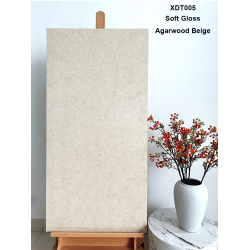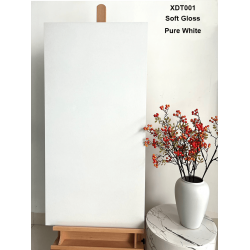Tile Installation Precautions: How to Avoid Tile Detachment after Renovation

During the renovation process, the tile installation is crucial to ensure long-lasting results. Neglecting proper installation may not show immediate signs of issues, but over time, problems like tile detachment can arise. To prevent such problems, it is important to follow certain precautions during the renovation period. Below are some guidelines to help you avoid tile detachment and ensure a successful tile installation.
1. Prepare the substrate before tile installation:
Before tiling, it is essential to clean the substrate thoroughly. Remove any existing decorative materials such as lime plaster, latex paint, or wallpaper from the wall surface. Similarly, ensure that the floor surface is free from any dirt or debris. If there are cracks on the wall, they should be properly repaired to prevent future tile cracking or detachment. Additionally, if the floor or wall surface has significant unevenness or vertical gaps, it is recommended to use cement mortar for leveling purposes. Also, compare the color differences between the tiles before installation.
2. Properly soak wall tiles before installation:
Wall tiles have higher water absorption rates, and it is crucial to consider this characteristic during installation. Before tiling, the substrate should be adequately moistened to prevent rapid absorption of moisture from the mortar by the dry substrate and tiles. This can affect the bonding strength of the mortar. If the wall tiles absorb moisture from the cement, it can hinder the adhesive properties of the cement.
3. Level the floor before tile installation:
Lay the untiled floor tiles on the ground and tap them to ensure a level surface. Apply a layer of cement slurry to the back of the tiles and place them on the floor, ensuring that the diagonally opposite corners of four tiles are aligned. The sequence of tile installation is also important. When tiling the floor, start from the center and work towards the edges. If the floor has slopes or floor drains, pay attention to the drainage direction while positioning the tiles. For wall tiles, start from the bottom and work your way up. To maintain aesthetics, it is recommended to install the bottom row of tiles last. Avoid stepping on the newly laid floor tiles for a short period of time.
4. Soak the tiles adequately:
In dry weather conditions, materials like floor tiles and ceramic tiles tend to be drier than usual. Therefore, it is advisable to extend the soaking time for these materials, allowing them to reach a near-saturated state. This will prevent the tiles from absorbing water from the cement during the bonding process, ensuring a strong and secure bond. Adequate soaking will minimize the occurrence of hollow sounds or tile detachment caused by poor adhesion to the cement.
To cater to the demands of trendy consumers, the market offers new techniques such as tile adhesives, colorful grouting materials, and gap-retaining installation methods. Dry installation, also known as tile adhesive method, eliminates the need for pre-soaking tiles and wetting the substrate. As long as the basic conditions for installation are met, this method greatly improves the efficiency of the tiling process.
By following these precautions and guidelines, you can minimize the risk of tile detachment and ensure a successful tile installation. Proper preparation, adequate soaking, and attention to detail will result in a beautiful and durable tiled surface that will stand the test of time.








